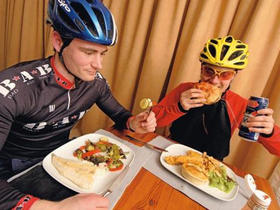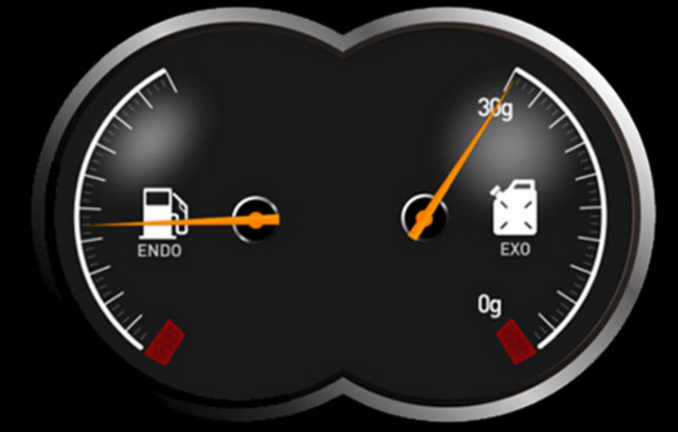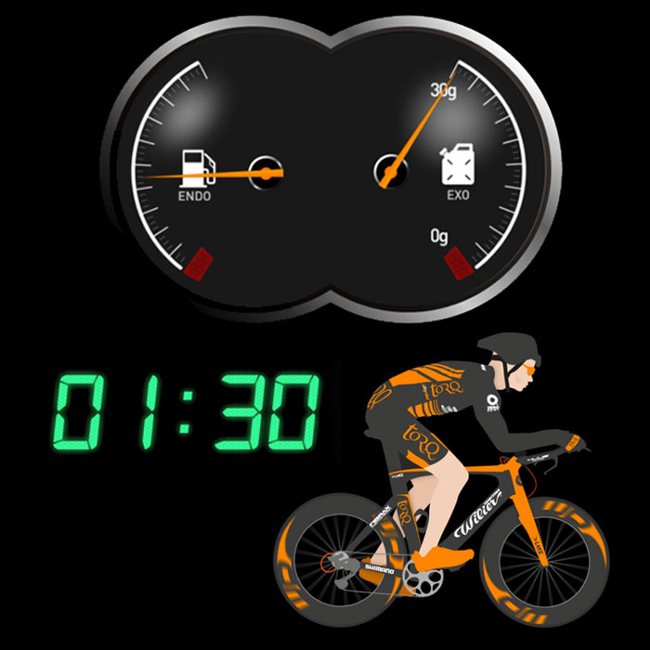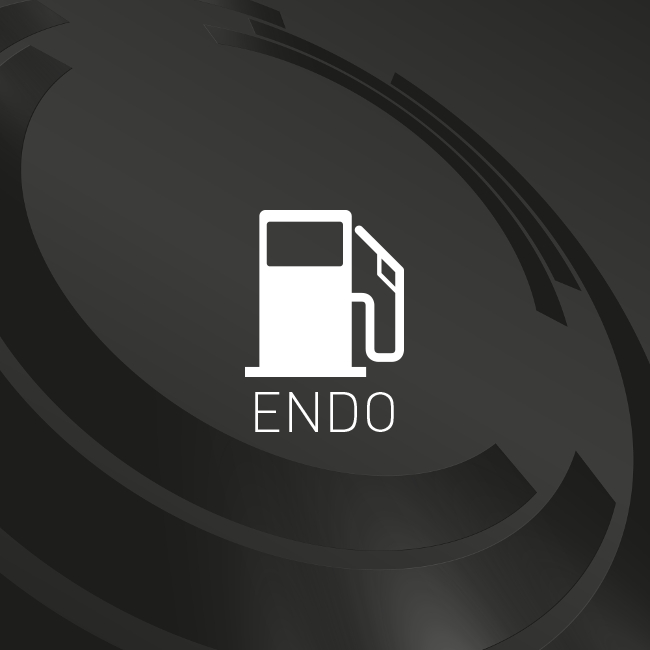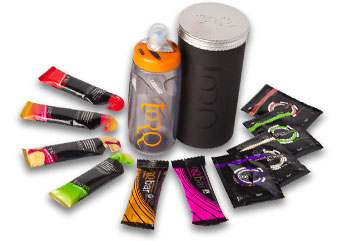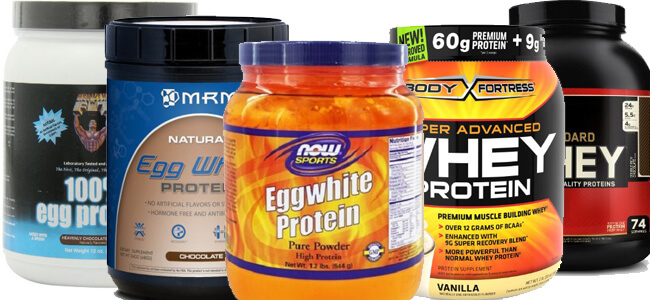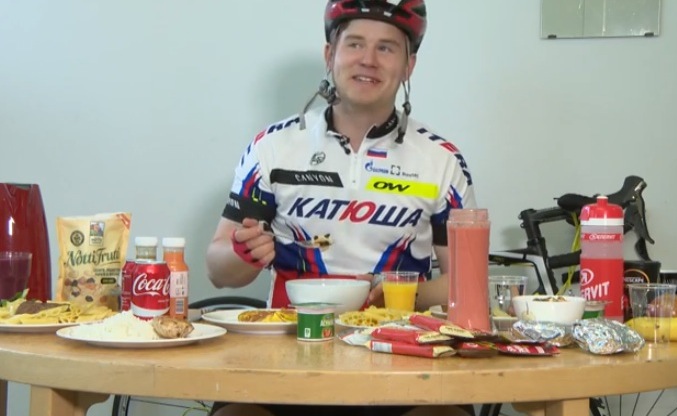While cyclists talk about dropping kilos, diet and weight loss might not be the answer. Weekly meal prepping and planning trumps the latest trend. Diets all work in the beginning, but they are not really creating healthy habits. You are constantly reminded of what you shouldn’t put in your body, instead of reminding you of what you should be adding to your diet.
Weight loss plans remove fat, and carbs and reduce portion size. However, the simple concept of adding good quality foods to your diet will help fuel you properly, losing weight in the process. Meal prepping ensures you have what you need ready and available when you’re hungry, keeping you from backsliding into bad habits.
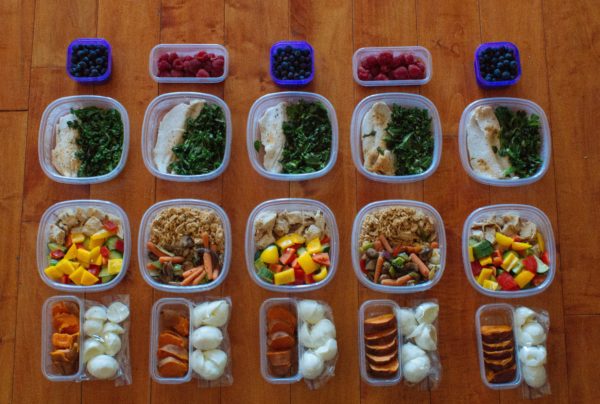
What is Meal Prepping?
Meal prep can mean something a little different to each person, so you have to find a system that works for you. At its simplest, it’s preparing some or all of your meals for a week at one time. The goal is to save you time as well as remove the common tendancy to eat what is easiest rather then what is best for your body. If you have a system down for breakfast and lunch, then just prep dinners for the week. Or, if you find yourself always rushing out the door in the morning and grabbing a croissant on the way to work, then prepping breakfast will be important for you.
How to Meal Prep
Although meal prepping will save you time and money in the long run, it does take an initial investment. Start off with some quality tupperware containers, BPA free is best as you will be using them to reheat meals. Also, having them all the same size will help you stack them easily in the fridge.
Step 1: Plan
Sit down on Saturday or Sunday night before your weekly grocery run. Start with broad strokes and general meal ideas. Having a plan will help keep track of the quality of calories you are adding, as well as a general idea of the quantity of calories. From there, you can start getting specific. Unless you’re already a super clean eater, prepping some plain chicken and broccoli for 5 meals a week just won’t cut it. Try planning two to three different meals, so you only have a couple days of the same thing. It’s not a fail-safe solution, but seeing fish taco Tuesday is exciting, for one, and two, if you’ve shopped for the ingredients and they are in the fridge already, it’s much harder to order Pad Thai from across the street. The meal plan will take all of 10 minutes, and will help you fuel your work week, and your weekend rides.
Step 2: Shop
Knowing what you are cooking for the week makes doing a weekly grocery shop easy. No more wandering around the grocery store impulse buying. Having the bulk of your produce at the beginning of the week allows you to get home and unwind instead of adding the task of picking up groceries on the way home from work. It doesn’t sound like much, but with the food already in the fridge, you can start food prep earlier, and get to the good part! Picking up a couple of missing or forgotten items during the week is more manageable once the bulk has been taken care of.

Step 3: Prep
This is the part that will take the longest, but once you get into it, it can actually be a lot of fun. Use the time to catch up on some podcasts, or hang out with you significant other and prep together. Again, there are a lot of different ways to go about this, so you have to find what works for you. You can completely pre-cook a couple meals and then split them into containers to last you the week. Or, you can get everything ready to cook so it’s easy to throw together after work. Vegetables can be especially tedious to wash and chop, but once done you’ll find you use them a lot more readily.
Fueling For Your Ride
Cyclists should be focusing on what they can add to their diet to improve energy levels before, during and after rides. The calories and nutrients that you deprive your body of during the week will leave you feeling flat by the time you get to your next ride. Challenge yourself to be more mindful of how your body feels during a ride. Were you dropped that last time you rode on an empty stomach? If so, then try different approaches to see what works for you and has you feeling your best both on and off the bike.
Replacing Junk Food
Meal prepping and planning isn’t about sticking to a strict diet, but being mindful and planful when it come to what you’re putting in your body. We all have moments of weakness, but when you’ve taken steps to avoid the temptation altogether by having healthy, nutrient filled meals on demand, it’s a whole lot easer to forget about the junk food. Snacking is the most dangerous part of your diet. Chips and salsa is great if they accompany Fish Taco Tuesday, but not great if they creep into a nightly routine.
Planning your snacks will help. Nuts and dried fruit are a cyclist’s best friend (try dates, figs and apricots they are underrated). Keep these in the pantry so they are easy to grab when a salt or sugar craving 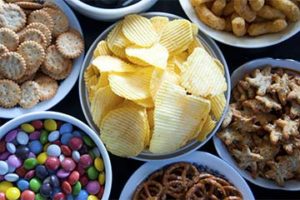 springs up. These nutrient-dense snacks can be sweet, salty and fatty but they are also providing your body with valuable resources that corn chips can’t.
springs up. These nutrient-dense snacks can be sweet, salty and fatty but they are also providing your body with valuable resources that corn chips can’t.
If you’re trying to lose weight, riding your bike will be the biggest tool at your disposal. Adding volume to your weekly regime will shift your current caloric balance in your favor, but be warned – adding kilometers will also have you craving more food (pro tip: add good calories)!
If you are training with any kind of intensity, losing weight might be harder than you think. When you train with intensity your body will add muscle while shedding fat. This change in body composition replaces dead weight with functional muscle mass. This is why focusing on a number goal it’s always the best option. Instead, paying attention to the quality of the foods you put in your body will allow you to ride more, faster, and more frequently.
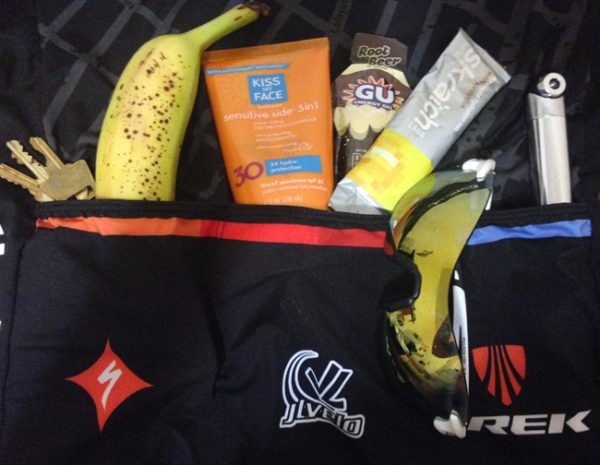
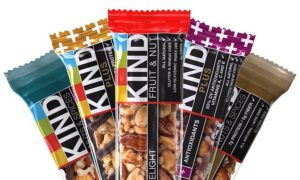
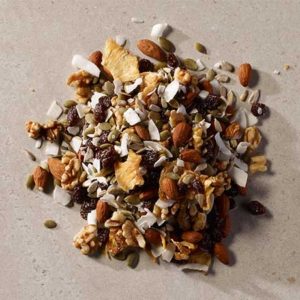 Trail Mix
Trail Mix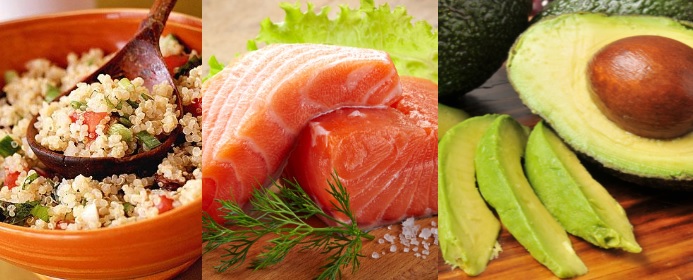

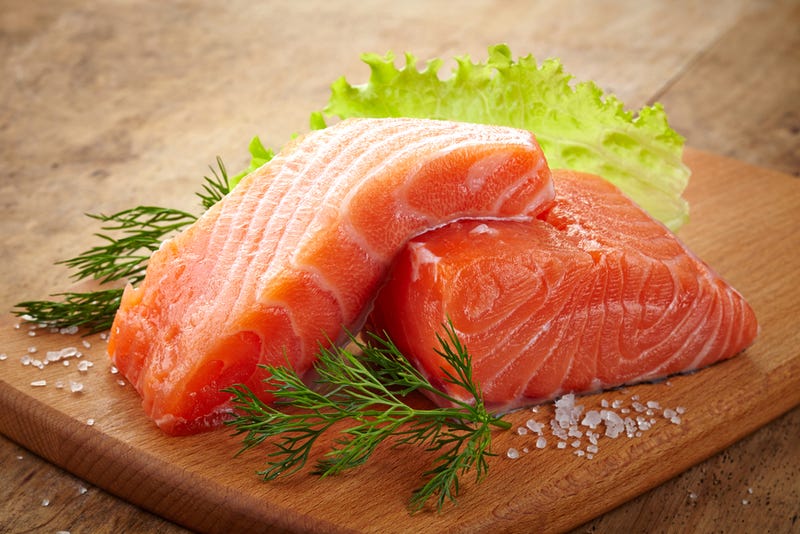


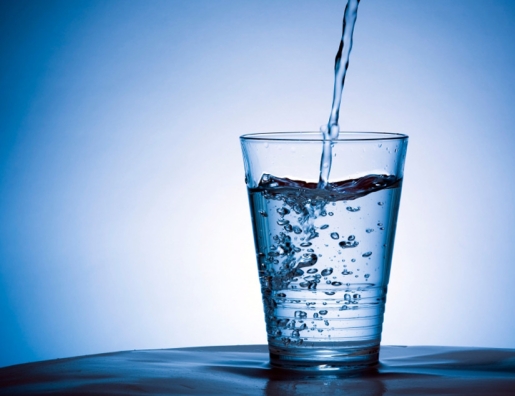
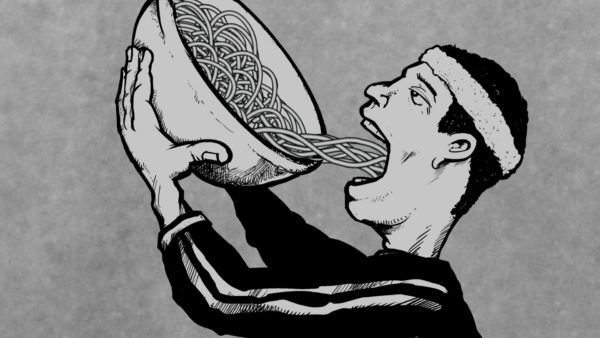
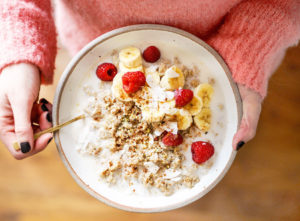
 Not fueling properly
Not fueling properly